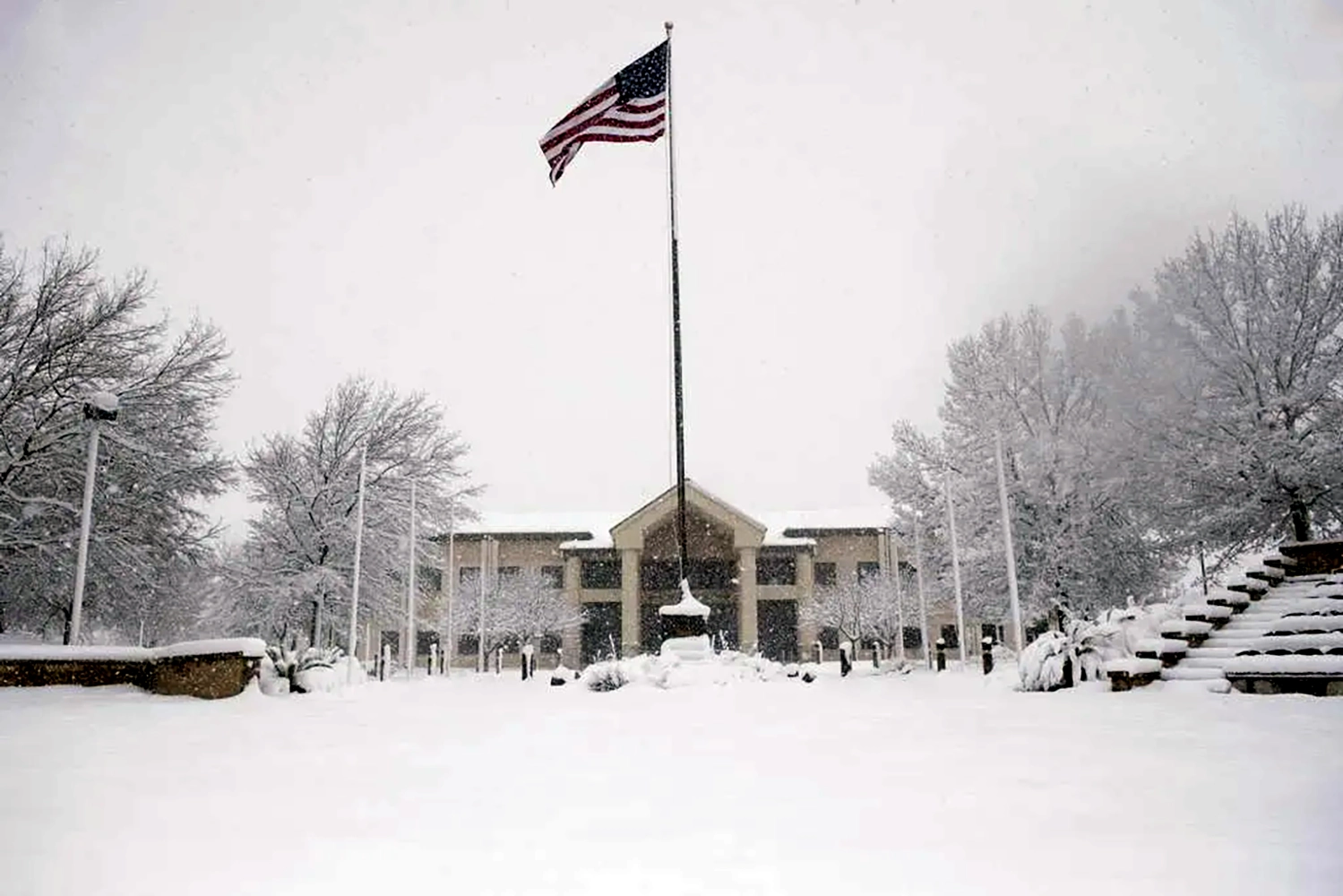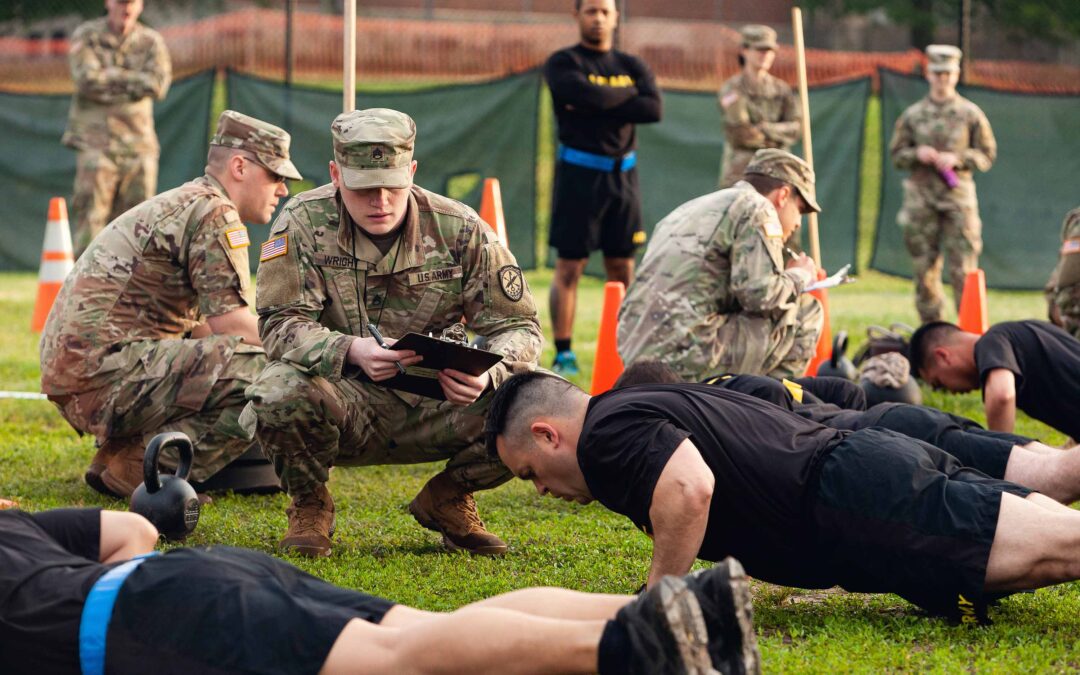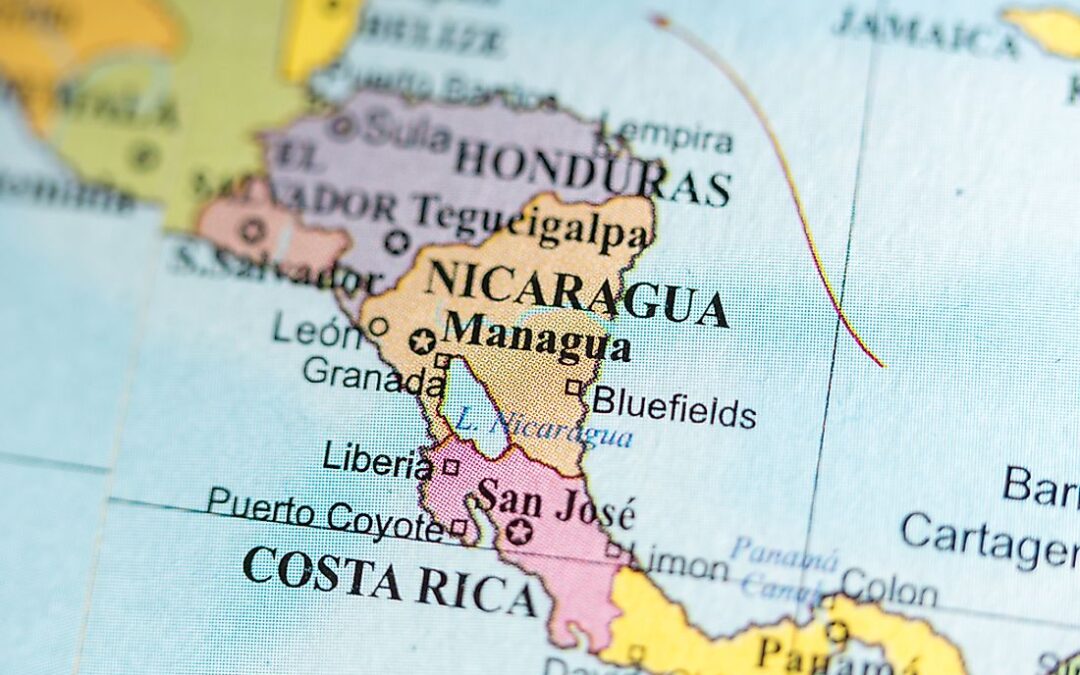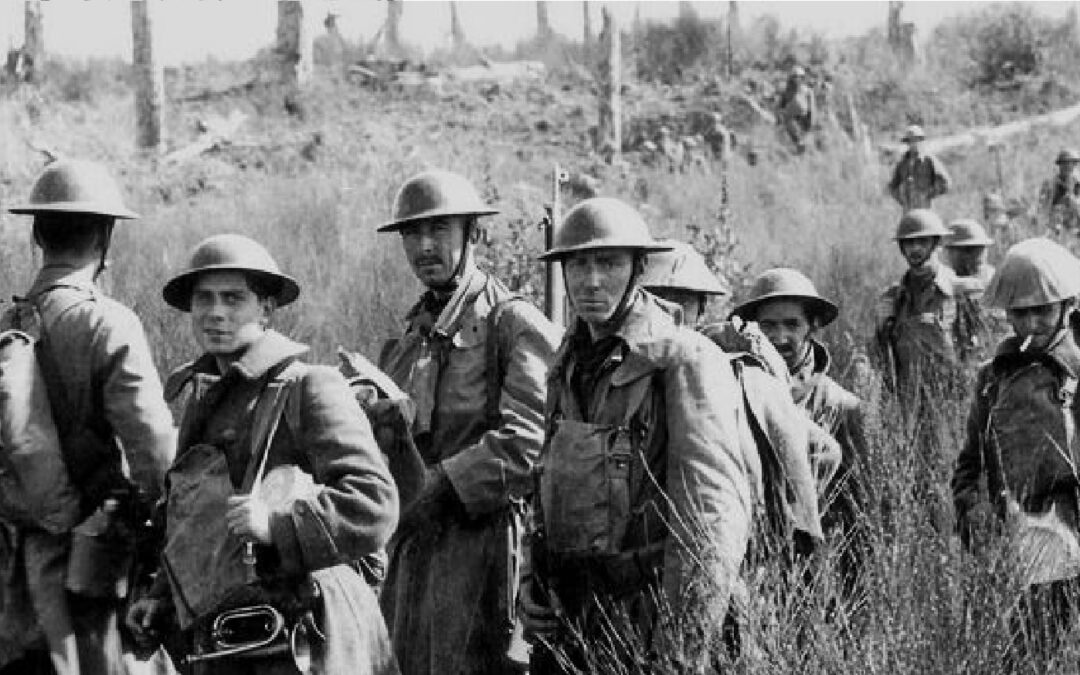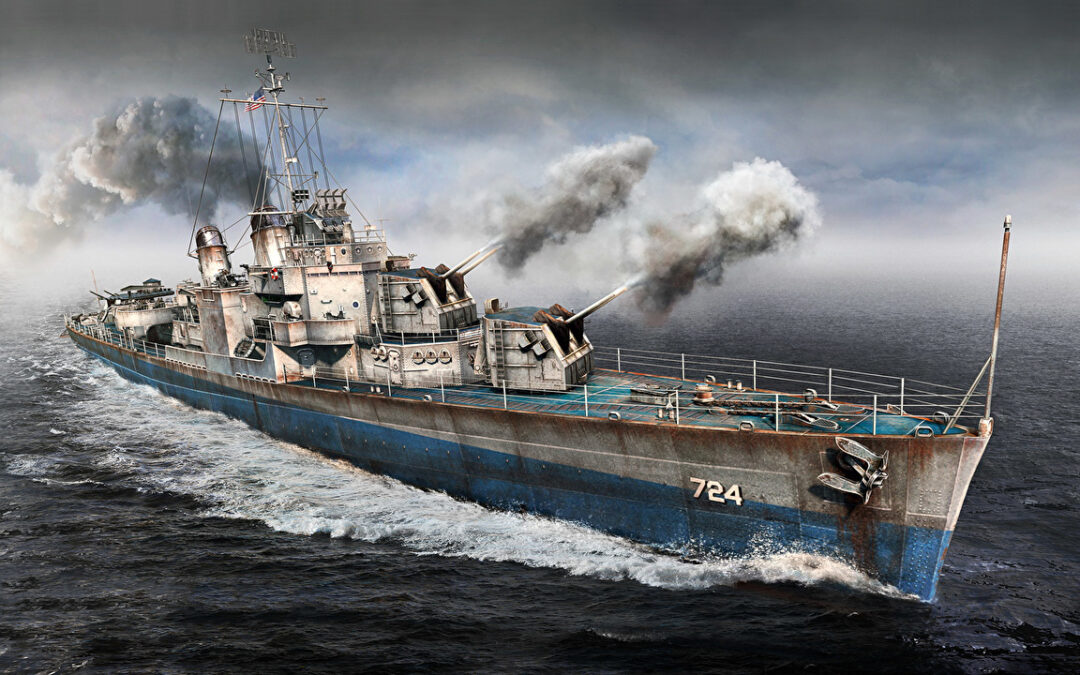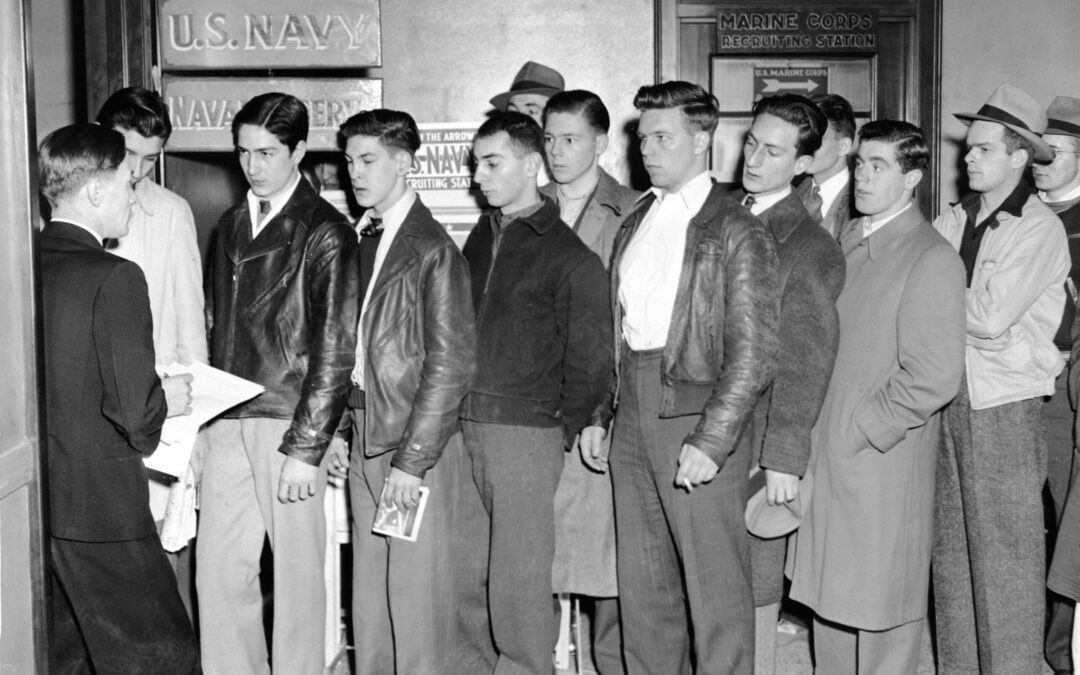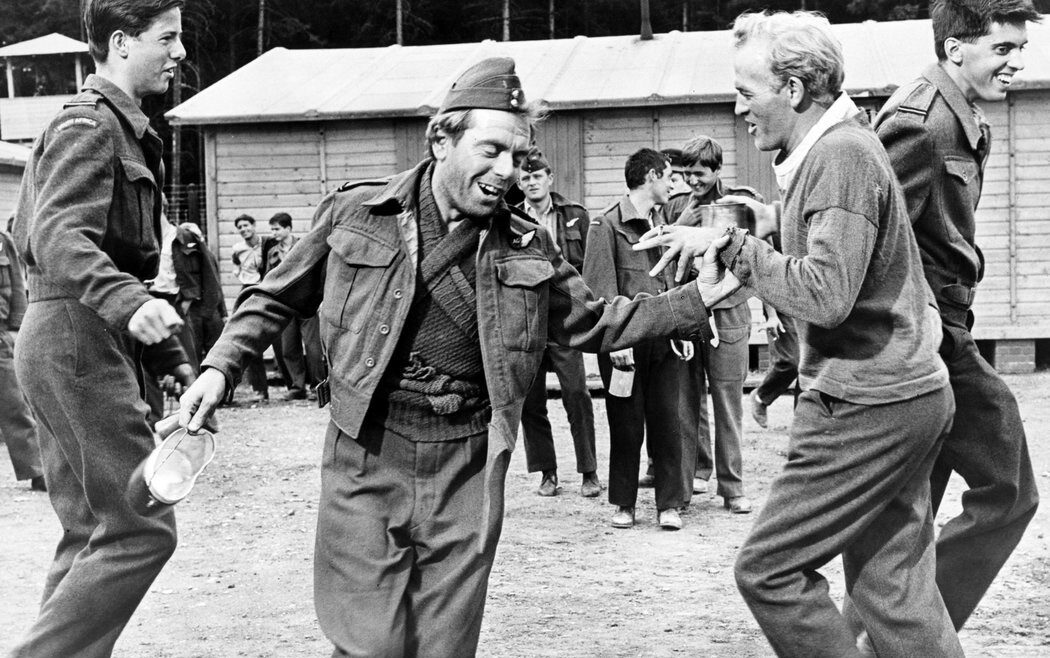Movies and television have painted a deeply embedded picture of Vietnam veterans in the American collective consciousness. Somehow, despite the numerous books, articles, and documentaries produced about the war and those who fought it, some of them are simply untrue. The false ideas aren't just small myths, either. These misconceptions paint a distorted picture of who fought in Vietnam and the ability of the enemy and shaped how we perceived war for decades after the conflict ended. Here are the most common myths about the Vietnam War that civilians really believe, along with the truth about them. The U.S. Won Every Battle of the Vietnam War But Still Lost the War If anyone told this myth to the veterans who fought at Lang Vei in 1968, Kham Duc later that same year, or Fire Support Base Ripcord in 1970, they'd probably get a sharp, curt history lesson in logistics and math. Movies and television make it seem like the Viet Cong (VC), and People's Army of Vietnam (PAVN) attacked in...

